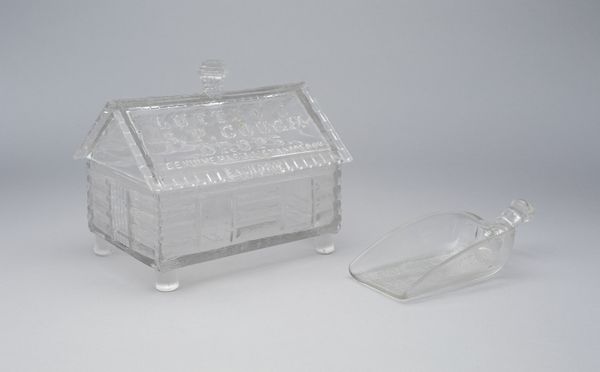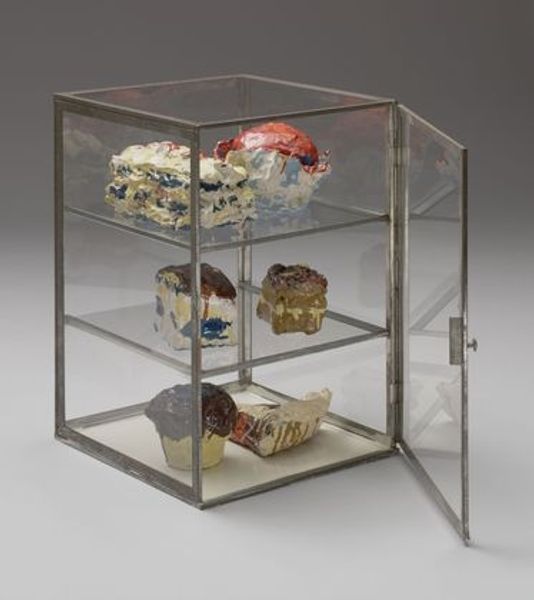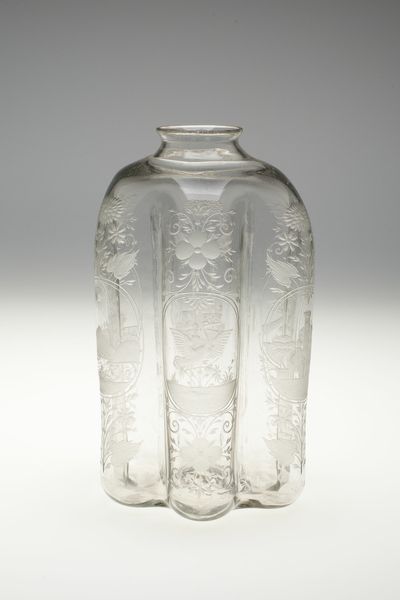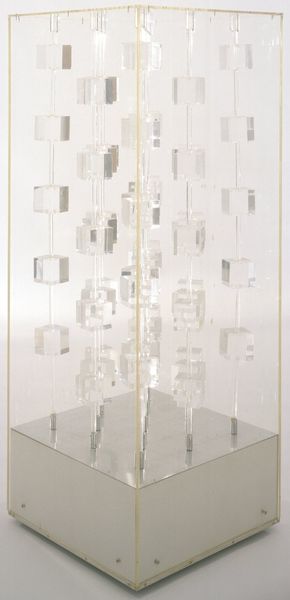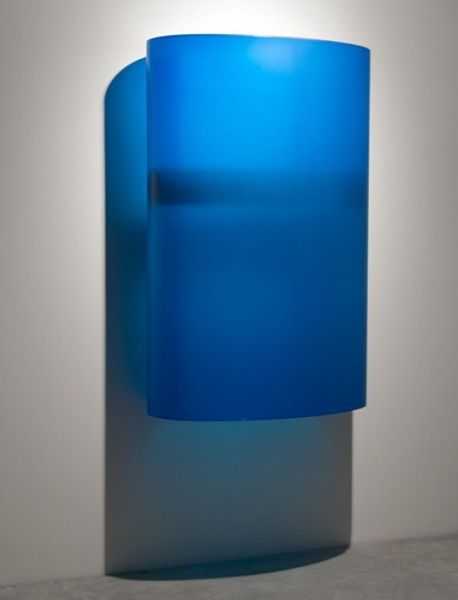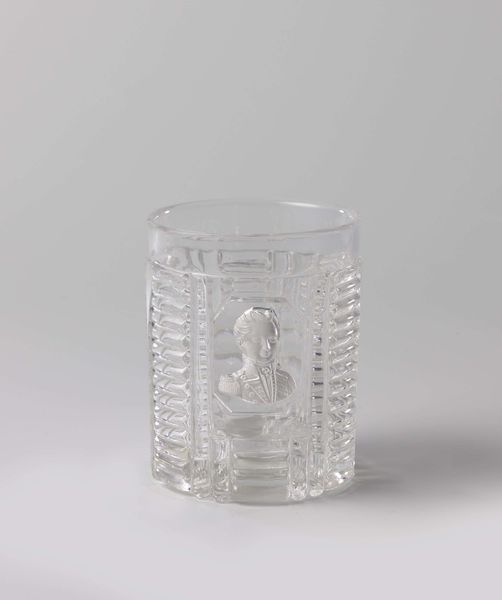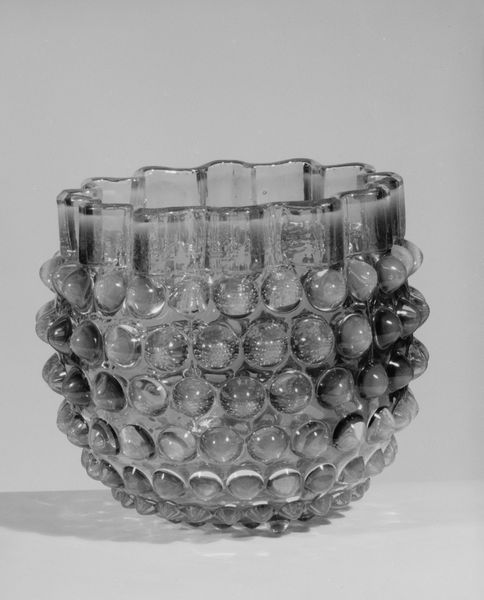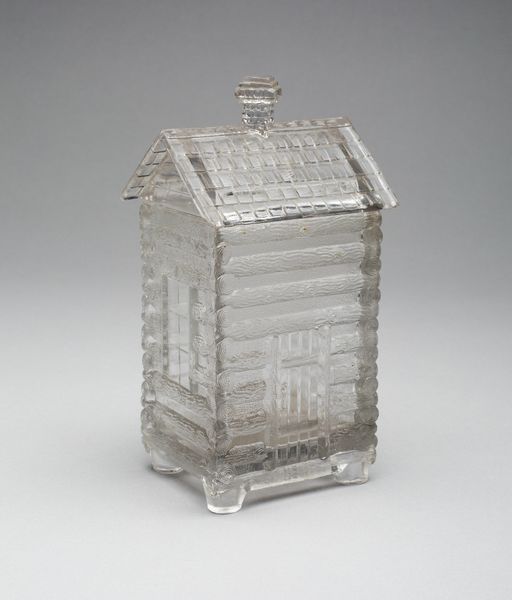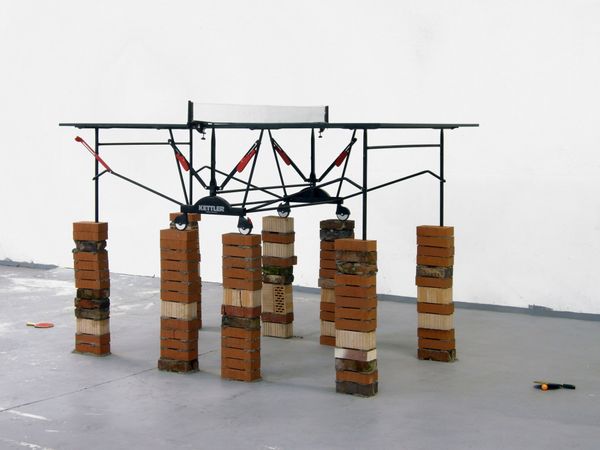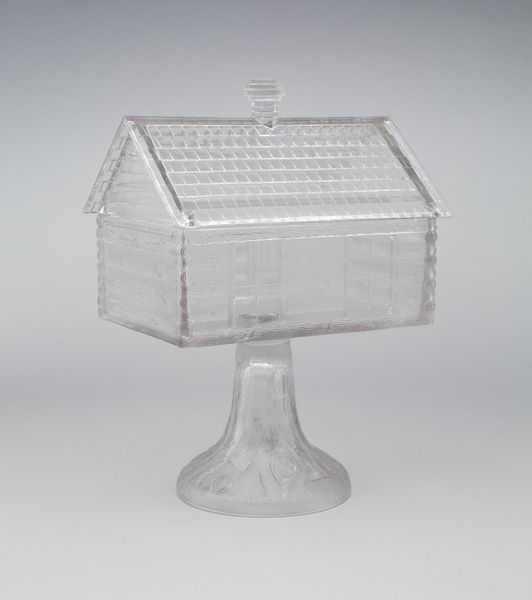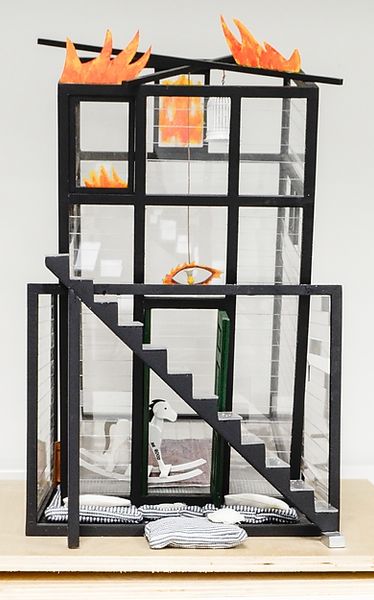
assemblage, glass, sculpture, installation-art, wood
#
conceptual-art
#
assemblage
#
glass
#
sculpture
#
installation-art
#
wood
#
modernism
Copyright: Louise Bourgeois,Fair Use
Curator: Standing before us is Louise Bourgeois' "Defiance" from 1991. This assemblage sculpture combines wood, glass, and subtle lighting to create a rather intriguing, almost haunting tableau. Editor: My first impression? A curious combination of delicacy and... industrial storage. The glass seems fragile, yet it's presented within this robust wooden framework, almost like a specimen cabinet. Curator: Indeed, the juxtaposition is central. Bourgeois, as ever, invites us to consider themes of memory, the domestic, and the fraught relationship between the personal and the social spheres. The glass objects evoke domesticity—vases, bottles, containers. These symbols, placed within the rough, almost crudely made, blue-painted wooden structure, highlight the tension she explores between fragility and strength, vulnerability and resistance. "Defiance," the title itself, hints at the power dynamics inherent in these spaces. Editor: From a material standpoint, the roughness of the wood against the smoothness of the glass offers a palpable contrast, one that invites questions around craft versus fine art. What was Bourgeois thinking in this repurposing and assembling process? What's the social commentary inherent in displaying these humble, mass-produced objects in a formal gallery setting? Curator: Absolutely. This links to Bourgeois' own biography, as she challenged conventional notions of femininity within art. The assemblage style is a form of defiance, breaking from established art-historical hierarchies by elevating everyday objects to a status usually reserved for traditional media and subjects. The illumination, strategically placed, lends a theatrical dimension. Editor: You can tell it's conceptual work with so much emphasis on these processes. The lighting, the staging - this is far more than just displaying some pretty glassware. It draws our attention not only to the individual objects but also to the system in which they are presented. I imagine the acquisition, arrangement, and staging would have been vital aspects in her method. Curator: Precisely. Each piece acts as a vessel of personal experience and cultural history, while the collective arrangement suggests broader societal forces at play, exploring societal structures within the patriarchal narrative. Editor: So, what looks at first glance like a collection of odds and ends is, in fact, a commentary on resilience and reclamation through creation and display. The sheer accumulation, the labor made apparent in collecting, arranging, constructing; that holds a sort of radical act, I think. Curator: A defiance of societal expectations and an exploration of the self, all contained within this deceptively simple, illuminated box. Editor: And for me, an example of art created through assembly and staging, where meaning comes through how labor and display meet.
Comments
No comments
Be the first to comment and join the conversation on the ultimate creative platform.
